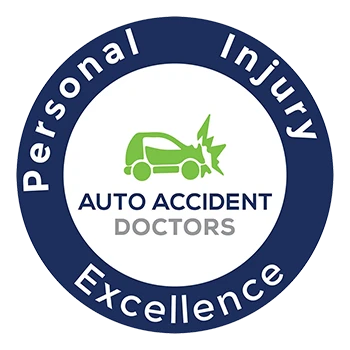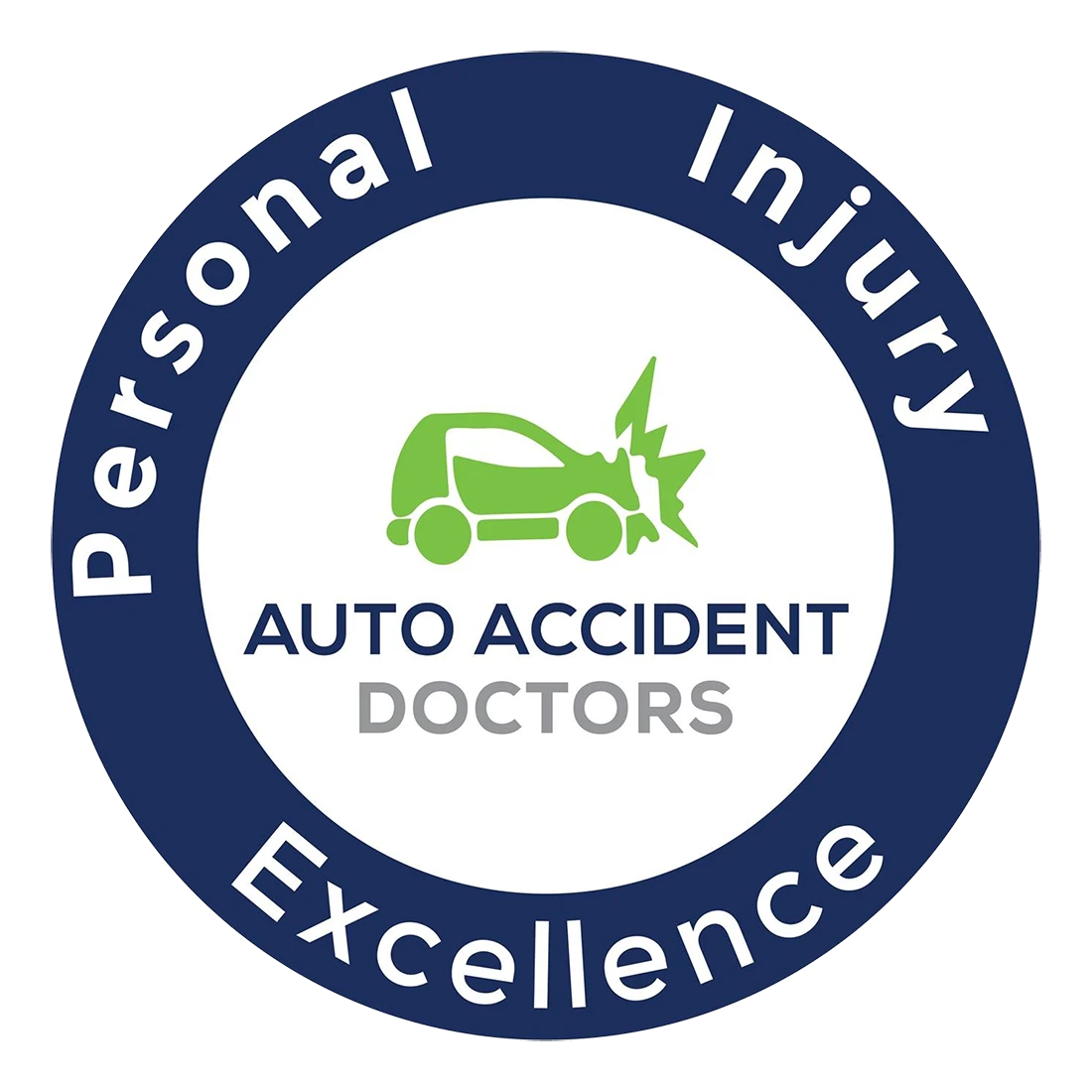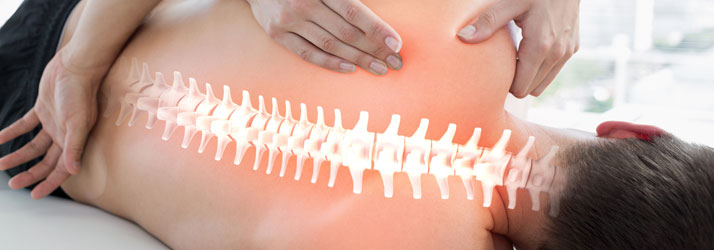

Many Locations
To Serve You
For more information, click the location nearest you!
(844) 849-6945
Spinal Injuries & Auto Accidents in Maryland

Spinal injuries are injuries to the spinal cord or column. These injuries could be a result of a disease or a trauma such as an auto accident in Maryland. Symptoms of spinal cord damage depend on the location and severity of the injury.
Sensory organs may lose their function fully or partially in patients with spinal injuries. In some cases, patients may lose the motor ability of their limbs. In severe cases of spinal injury, systems regulating heart rate, blood pressure, breathing and bladder and bowel control, get affected.
Auto accidents are the major cause for spinal cord injuries. Given here are some common spinal cord injuries resulting from motor vehicle crashes.
Common Spinal Injuries From Auto Accidents In Maryland
It is important to understand common spinal injuries as they have a debilitating impact on patients. Performing daily activities such as walking can be affected due to spinal injuries. Severe injuries can affect entire lifestyle, from your ability to pursue an occupation to maintaining your health and relationships.
An understanding of spinal injuries motivates you to maintain utmost safety while driving. Even in the unfortunate event of an accident, you will be aware of the actions to take, medically. You can also pursue legal action in case the opposite party is the wrong doer.
Spinal Injury Risks Of Auto Accidents
The spinal cord is a tube-like mass of tissue that runs between the lower back and the brain.
The spinal cord is the conduit for communication between brain and the rest of the body. It carries nerve signals, which are essential to move your body, exhibit reflexes, and perform daily activities.
Any injury to the spinal cord affects this entire function.
An injury to the spinal cord can be in any of its three major regions:
- The neck and the upper back (cervical spine)
- The lower back (lumbar spine)
- The central part of the back (thoracic spine)
Since all major movements and reactions involve the spinal cord, a spinal cord injury can impact movement and reflexes. Sometimes, damage may lead to paralysis and even death.
Whiplash Injuries
These injuries arise due to a violent movement of the head. During vehicle accidents, the collision can cause the head and the neck to move violently in a specific direction. This is again followed by another speedy movement in the opposite direction.
Such vigorous movements affect the tissues, muscles and tendons in the neck, leading to a whiplash injury. In a whiplash movement, the neck undergoes a range of motion beyond its limit, which results in pain.
Symptoms of whiplash include:
- Tenderness, pain, swelling or stiffness of the neck
- Difficult neck movements
- Tinnitus
- Dizziness
- Blurriness of vision
- Headache
Bulged Disc
A bulged disc happens due to the impact of a vehicle accident on the spinal discs. These are structures located between spinal bones or vertebrae. They serve as shock absorbers, protecting the spine from vigorous impact. When a vehicle crash delivers a heavy impact, these discs can be damaged.
The structure of the disc consists of a tough outer shell with a gelatinous interior. This constitution is shattered during an accident. The disc slips from its position and bulges toward the exterior of the spine. This misalignment affects the tissues and nerves surrounding the spine. As a result, stretching, bending and other movements become difficult.
Herniated Disc
This condition is similar to that of a bulged disc. The affected spinal disc is dislocated during a crash. The outer layer breaks and the inner gel comes out, causing a herniated or slipped disc. While disc herniation can occur anywhere along the spine, the lower back is the most affected region.
Symptoms include pain, numbness and tingling, which spread to buttocks and legs. In severe cases, a surgery may be required.
Nerve Compression
Spinal discs slipping from their original position (explained above) compress the nerves nearby, causing a pinched nerve. A compressed nerve reveals itself in the form of pain and numbness that spread to the limbs.
Nerve compression is common in the lower back. You may experience pain in the lower back, which later spreads to the legs and foot.
Spinal Bone Fracture
Spinal bones are also referred to as vertebrae. 33 bones or vertebrae make up the spinal canal, 24 that move individually and 9 fused from sacrum through the coccyx. These bones protect the spinal system comprising of the spinal cord and nerves. A vertebra or spinal bone may get fractured, most often a compression fracture, due to the intense stress of a vehicle crash.
A spinal bone fracture can cause pain, numbness or can lead to nerve damage. Pain increases when you assume certain positions or movements. If there is an associated nerve damage, then you may experience bowel or bladder problems as well.
Spinal Stenosis
This is a condition where the spinal cord is damaged due to compression of the spinal canal. This compression may be a gradual aftereffect of an auto accident, or an immediate occurrence after an accident. As the spinal column narrows down, it causes pinched nerves.
Spinal stenosis affects the neck or the lower back. Symptoms include pain, numbness and a tingling sensation in the back and limbs.
What To Do After An Auto Accident?
In case of an auto accident, stay still if you are aware of experiencing the symptoms of a spinal cord injury. You may feel pain or numbness in the limbs, or an inability to move the limbs, in such a case.
Wait for the emergency medical team to attend to you.
If someone else has been in an accident and is showing these symptoms, then keep him/ her still. Call emergency medical help.
If you have experienced a spinal cord injury due to the erroneous action of the opposite driver, then you can pursue legal action. You can claim economic compensation for covering medical bills and loss of earning potential, as applicable. You may also be eligible for monetary compensation for the emotional distress you may have undergone as a result of the injury.
In Conclusion
Spinal cord injuries can make life miserable for crash survivors. Simple safety measures can prevent the risk of crashes and spinal injuries. Avoid speeding, texting and alcohol intake during driving. Wear seatbelt while driving.
In the unfortunate event of an auto accident, seek medical help and undergo recovery/ rehabilitation as recommended. Seek legal assistance for physical and mental damages if the opposite party is to be blamed for the accident.
References
In Conclusion
A whiplash injury is common after a car accident. Immediate medical attention can prevent worsening of injury damage. Following doctor’s instructions strictly can help you manage pain and recover faster. You can lower the chances of severe whiplash with modern cars designed for safety as well as convenience.
Seeking legal action is as important as seeking medical attention for accident injuries. With the best legal guidance, you can claim compensation for physical injuries and mental trauma you had to undergo as a result of the accident.
References
Johns Hopkins Medicine
Mayo Clinic
Penny & Associates Injury Lawyers
The Healthy Back Institute
Accident Claims Advice
Beeman Heifner Benge.P.A.
CDC